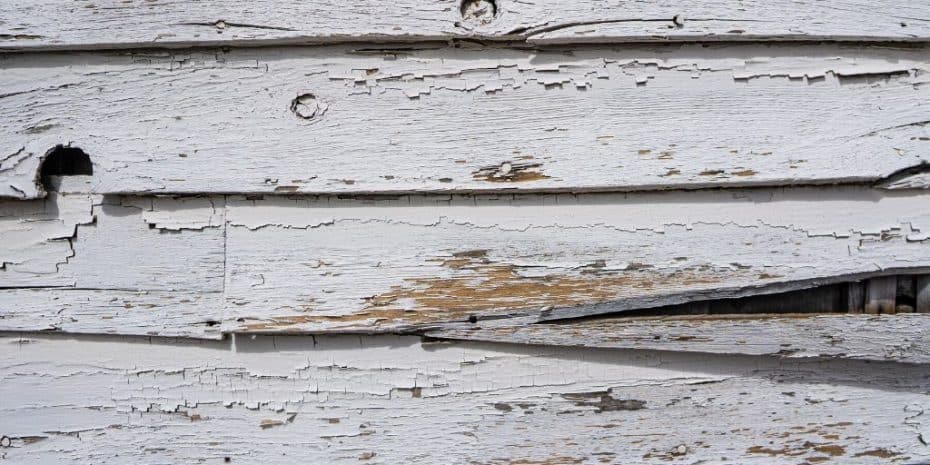What is Deferred Maintenance?
Deferred Maintenance Explained
Deferred maintenance is the unmet maintenance and repair needs of real estate or equipment.
Most real estate investors and business owners will defer maintenance on their properties and equipment as a way of reducing short-term costs (and consequently, this decision almost always leads to higher long-term expenses).
For example, if a single-family rental home needs exterior painting, the owner could choose to hire a painter to fix the problem today, or they could defer the maintenance and repaint the property at a later date. Fixing the problem now will usually cost less than fixing the problem later when the problem has had ample time to grow.

Deferred maintenance is often easy to spot because it usually results in some kind of noticeable blemish to the interior or exterior of the property.
However, sometimes deferred maintenance is harder to see, because it affects the non-aesthetic attributes of the property, like the plumbing, electrical or heating and cooling systems of the building.
Reasons for Deferred Maintenance
Deferred maintenance occurs for two reasons:
- From knowing what needs to be done and deferring the maintenance
- From being unaware that repairs or maintenance are needed
Keeping enough cash reserves to handle repair and maintenance duties, and then actually doing them right away, corrects the first issue. The second can be corrected by conducting regular property inspections. It can help to bring a housing inspector, electrician, plumber, or even a handyman with you.
The Dangers of Deferred Maintenance
Regardless of whether an owner chooses to pay for maintenance and repairs now or defers the costs until a later date, deferred maintenance needs to be dealt with eventually. It doesn’t just disappear. The cost will either be paid by the owner while they own the property, or it will be paid in the form of a lower sale price when they sell the property. One way or another, the price will be paid.
If maintenance and repairs are deferred long enough, the asset will eventually fall apart and deteriorate until it is severely damaged, defective, or unusable. Long-term deferred maintenance will often lead to significantly higher costs for the property owner or business owner (and these costs can be tangible and intangible).
To illustrate the point, it’s similar to an ignored parking ticket. A parking ticket needs to be paid. It doesn’t just go away. By not paying the fine in a timely manner, the ticket will cost much more with the addition of late fees. And if payment doesn’t come, it could result in an arrest warrant.
The good news is, property owners don’t typically get arrested for deferring maintenance, but they could have a very costly problem on their hands if they let it go too long.
The Consequences of Deferred Maintenance on an Investment Property.
1. Reduced (or no) Cash Flow
If maintenance is deferred long enough, the investment property could be at risk of being uninhabitable. If that happens, keeping tenants will be difficult or impossible, which means no rent coming in until the problem is fixed. Here is what makes a property uninhabitable:
- An unsafe property (floors, stairs, the roof, and walls must be intact)
- An unclean property
- Systems that no longer work (heating, plumbing, electrical)
- No running water
- Environmental hazards (mold, lead, asbestos)
- Unsafe from crime (doors and/or windows that don’t lock)
- Pest infestation
2. Deteriorating Property
Neglecting an investment property will ultimately affect its value, for a number of reasons. Not only will it be more difficult to get tenants to rent a run-down property, but it will also be more difficult to sell a property in disrepair.
3. Increasing Costs That Become Unaffordable
A good practice to have with an investment property is yearly preventive maintenance. By regularly inspecting, maintaining, and repairing the issues that need to be resolved, investors can avoid costly surprises that can break a budget. Some examples:
- Clear the gutters
- Power wash and paint if there is noticeable peeling paint
- Hire a professional plumber if there are water stains on the ceiling
- Have the HVAC serviced
- Test smoke and carbon monoxide detectors
- Check the roof for missing shingles
- Check for pests
- Check the landscaping for fallen tree limbs or debris on the property, keep bushes trimmed so they aren’t touching the house, and check the irrigation system
When an owner ignores these kinds of routine maintenance issues, a once-affordable issue can become a major, expensive catastrophe, which underscores the importance of dealing with these things in a timely manner.






